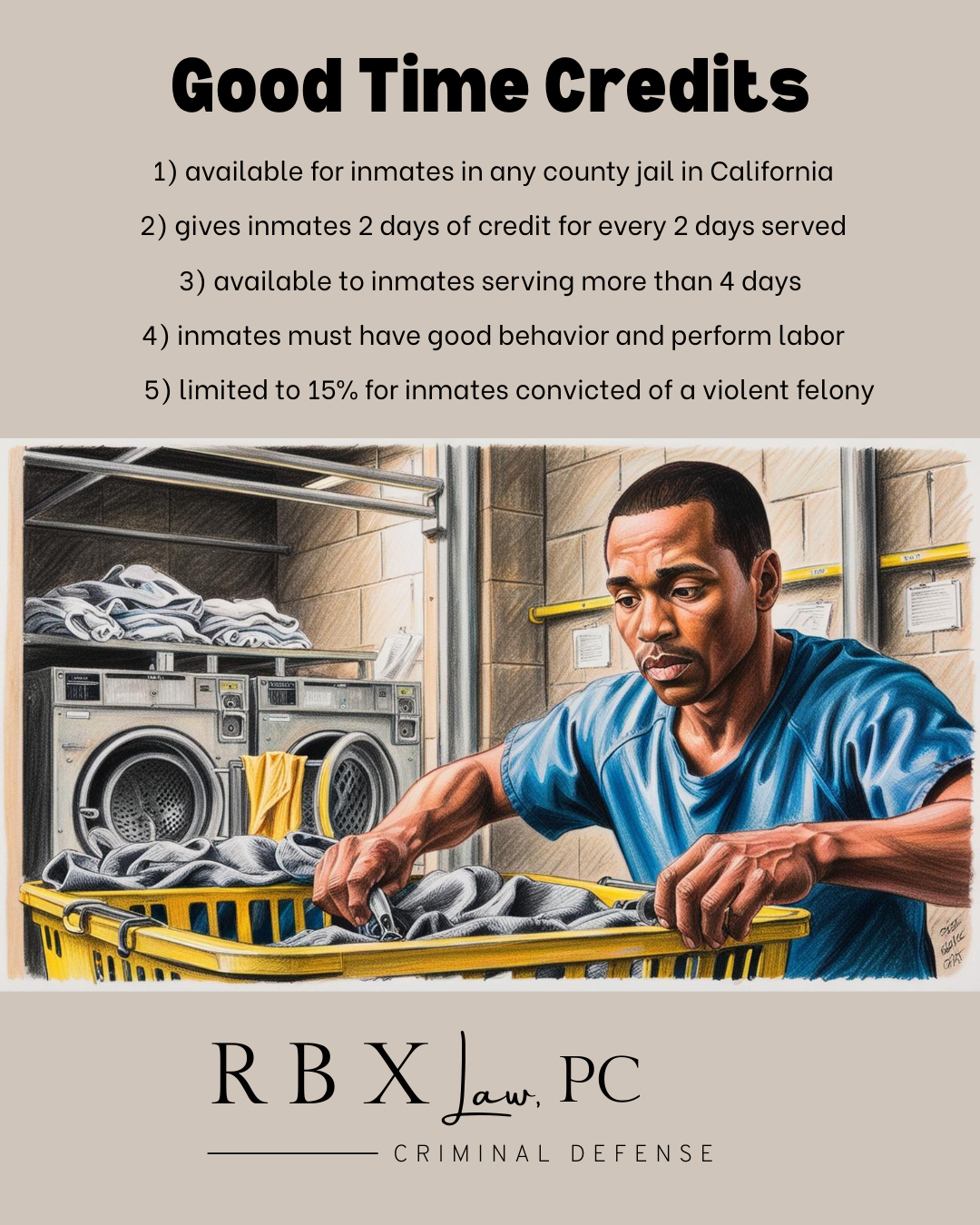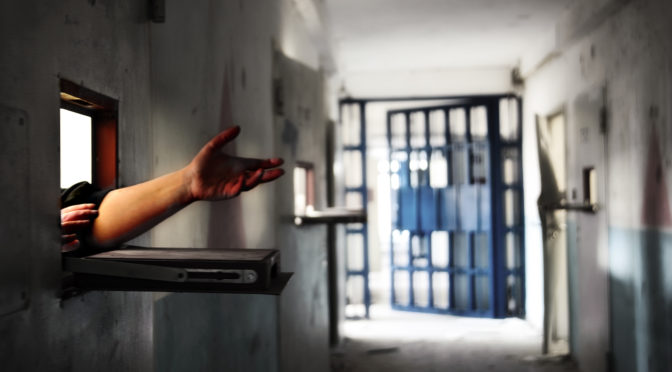Good time credit is limited under Penal Code (“PC”) § 2933.1. This limitation applies to persons convicted of violent felonies.
Penal Code § 4019 – Good Time Credit
A person incarcerated in a county jail can earn “good time” credits. To qualify for good time credits, the prisoner must serve a minimum of 4 days. In addition, the prisoner must comply with jail regulations and perform labor. If the prisoner meets these requirements, they earn four days of credit for every two days served in jail.
Example: A defendant who is in custody for 100 days would earn 100 days of good time credits.
Good Time Credit Limited by PC § 2933.1
Persons convicted of violent felonies listed in Penal Code § 667.5 can only earn 15% good time credits while in county jail.
Example: A defendant who is in custody for 100 days would earn 15 days of good time credits.
Penal Code § 667.5 Violent Felonies
Violent felonies include murder, mayhem, robbery, arson, kidnapping, and many other violent crimes.
In addition, a violent felony is any felony:
- in which the defendant inflicts great bodily injury;
- on a person other than an accomplice;
- which has been charged and proved.
Charged means that the allegation of a violent felony under Penal Code § 667.5 appears on the face of the complaint or information.
Proved means that allegation is admitted by the defendant, or found to be true by a judge or jury.
PC § 2933.1 Applies to Credits Earned Before Sentencing
Before the defendant is convicted of a violent felony, they earn regular good time credits of 2+2. However, once they are convicted, the limitation in Penal Code § 2933.1 applies. At sentencing, their credits are re-calculated and their good time credits will be reduced to 15%.
The defendant cannot earn more than 15.00%. The credits are rounded down to the closest whole number that is not more than 15%. (see People v. Ramos (1996) 50 Cal.App.4th 810.)
Example: A defendant who served 213 actual days in custody would receive 31 days of good time credits. 15% of 231 is 31.95. Therefore, 31 is the larges whole number that does not exceed 15%. Contact RBX Law if you have a question about good time credits.



















